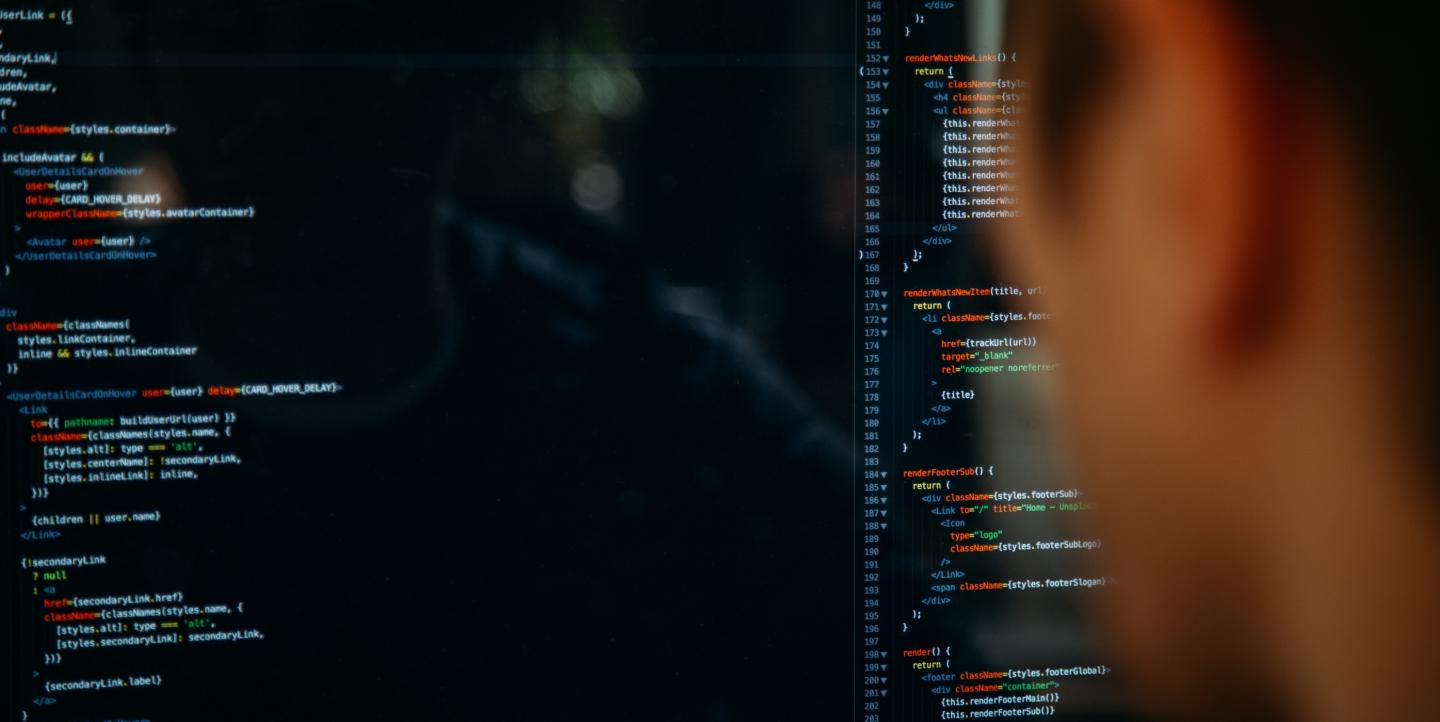To fight the spread of disinformation through the media, journalists and their allies need to understand the tactics of the trolls who willfully promote those lies, said Joan Donovan, the project lead on media manipulation at Data & Society.
“This is an adversarial movement trying to destabilize the entire institution of journalism,” Donovan said during a panel on “Trust: Tools to Improve the Flow of Accurate Information” at the International Symposium on Online Journalism in Austin, Texas, on April 13. Jennifer Preston, vice president for journalism at the John S. and James L. Knight Foundation, led the panel.
The potential for willfully spreading disinformation is especially true when news is breaking, and separating the truth from lies is very difficult for journalists trying to nab a scoop under deadline pressure, Donovan said.
Her research has found four “source-hacking” tactics used by trolls to trick the media into publishing false information.
1. Capturing the narrative: Trolls try to “bait journalists into telling an easy story,” often one that resonates with people who have racist, sexist, anti-immigrant and homophobic beliefs. By the time the story gets to the media, journalists don’t know the malicious source. Donovan cited the untrue rumor that Parkland High School shooter Nikolas Cruz was a member of a white-supremacist militia. Within hours of his being identified as the shooter, the rumor started on “the troll-hole known as 4chan,” a website popular with the alt-right. From there, it spread into mainstream media before being debunked, she said.
2. Disguising a forgery as a leak: Trolls circulate realistic-looking documents to spread disinformation about their enemies. Donovan cited two examples. A fake document on Twitter alleged that U.S. Rep. Maxine Waters (D-Calif.) asked for a US$1 million campaign donation from a bank, promising to bring to the U.S. thousands of refugees who would become clients for the bank. Waters and others have attempted to purge the fake document from social media, but it keeps coming back. Another fake document alleged that French presidential candidate Emmanuel Macron had a hidden bank account in the Caribbean.
3. News spamming: In this tactic, trolls coordinate social media postings to try to game breaking-news algorithms, and target specific journalists with private messages. After many recent mass shootings, for example, trolls have pushed the name Sam Hyde as the perpetrator, sometimes getting news media to report that name. (He is actually a comedian.) After the Texas church shooting last year, a Texas congressman falsely identified Hyde as the shooter during a live interview on CNN. This has happened so many times that “Sam Hyde is the shooter” has become a meme.
4. Keyword squatting: This tactic involves registering social media accounts to mimic or impersonate those affiliated with progressive movements. The “Blacktivist” social media account became one of the most-followed by people who identified with Black Lives Matter, Donovan said. But it is fake, and has been linked to Russians trying to inflame racial tensions during the 2016 elections. Another Facebook page was created by a white Australian man who sold “Black Lives Matter” T-shirts as a money-making scheme, she said. It can be very difficult for people on social media to tell whether these groups are legitimate or not.
One of the trolls’ goals is simply to get reputable media organizations to pick up these false stories, Donovan said. “They take those stories and compile them and call them trophies,” she said.
Donovan urged journalists not only to become familiar with these techniques, but also to join together to “create a network to vet this information as it is happening.”
“I invite the brilliant minds in this room today to help solve these problems,” she added after another Knight "demo day" presentation at ISOJ, focusing on tactics to fight misinformation.
Main image CC-licensed by Unsplash via Charles Deluvio.


